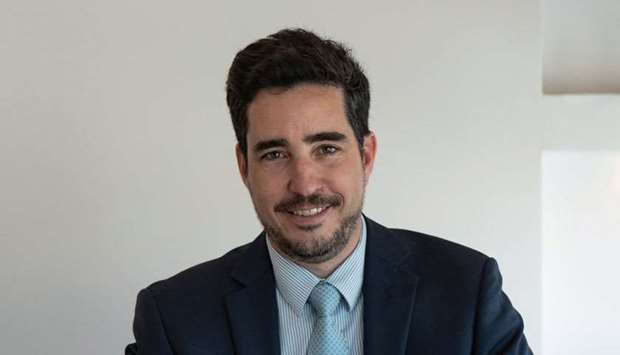There are several examples of great businesses, technologies, or products that have failed at some point due to not understanding deeply the market needs.
Some typical corporate examples are Blockbuster or Kodak, which remained set on their products or business models, not seeing the disruption coming. Other examples are found on the mobile markets where there have been a long list of models launched with great technological advances but only a few have succeeded in the long run. How many executive committees do not struggle to review investment dossiers of great industrial projects based on aggressive market assumptions to make them viable. On the other side, at an entrepreneurial level, how many are not launching a business because they are good at some activities, have refined skills or develop some great knowledge? That could bring a great project to the market but most of the time is not enough.
The key answer is the most tricky one: What do the customers need? We could only appreciate this by detaching ourselves from our project, service or product and looking deeply to understand the customer expectations. Commonly, projects and business ideas are coming from our insight rather than from understanding well what is the customer experience, what he or she needs or even what could be a hidden need. The worst part is that we would not know the real answer until we test the idea, product or service. At least we will minimise our probability of failure by thinking hard, standing in the customer’s shoes.
Second hard question is to know when to abandon our ‘lovely’ and ‘great’ idea. That clearly depends, beyond your commitment, on how deep pockets you have and what’s your risk appetite. We all know that businesses need time to develop itself and become financially sustainable, but that will be only if you are bringing the service or product that your customer will be happy to buy. Business ideas could face so many challenges before even launching their services that it help strongly to set your plan, even on high level, and to evaluate the main risks.
To support the development of your business idea, it could be helpful to evaluate the following points:
Customer needs: Before even thinking on your product feasibility, study the customer needs, forcing yourself to think from his/her point of view. Who they are? What they need? What is the experience expected? What is the gap in current offerings? Etc.
How to meet the customer needs: Once evaluated the customer needs with the support of some research and a great degree of objectivity (ensuring you do not have already the solution defined before embarking on the customer analysis), it’s the time to evaluate what is the most efficient way to meet their needs. What service or product to be developed, how it will be addressed, what are the resources required, skills, assets, technology, funding etc.
Plan for it: Thinking on the design of the solution and how to implement it, build a simple plan with the key aspects of the resources required, setting the key assumptions. It will be very useful to put few numbers, evaluate the financial requirements and see what could be the project potential.
Anticipate the bad news and set the limits: With a simple plan built with few financial aspects, you could evaluate the impact if something major goes wrong: What if you do not get the demand expected? If the investment required is multiplied? If the margin expected is not met? That will allow to evaluate the financial impact and how long the project could survive before requesting new support from investors or shareholders. Without saying, this quick analysis would be important to anticipate key actions to prevent a complete failure due to the uncertainty.
Loop-back: As you develop the project, launch the product or service, adjust the plan continuously based on the customer feedback and learnings from the implementation. Do not miss the target set on the customer needs and adjust the plan as you go. Keep it simple, but structured and thoughtful.
The above steps will help ensure a good understanding of the customer needs and to not deviate from them along the road of the project development. Even applying the best of analysis, courage and humility will be required to make sure we are not pushing a solution not required or underestimate the risks by ‘falling in love’ with our project. Work from the heart, be passionate but don’t forget — “love is blind”.
*Yanick Latil is managing partner of Y&S Consulting LLP.



